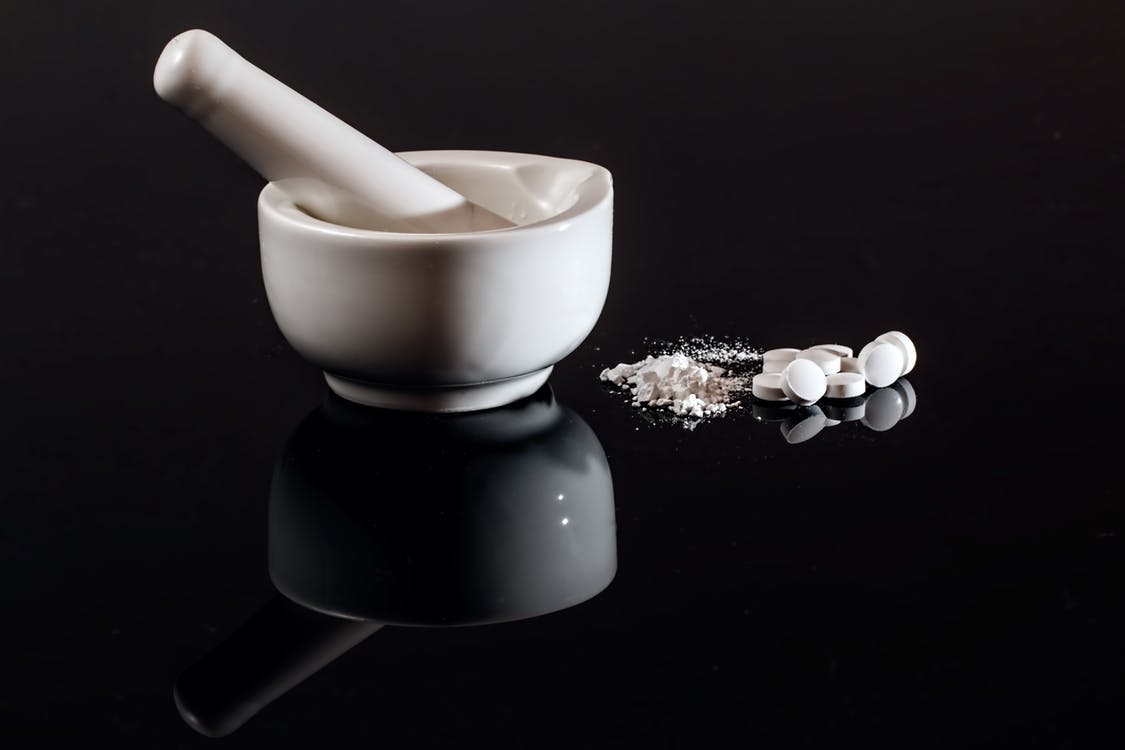
Kratom: On the Road to Regulation or Relegated to a Ban?
Kratom is a substance of contradiction, attracting its fair share of controversy since stepping into the limelight in recent years. The herbal supplement is touted as a beneficial holistic medicine by some, yet it has been labeled as dangerous, synthetic, and addictive by numerous organizations, media outlets, and policymakers. Many opponents consider kratom a societal menace on par with heroin and fentanyl, both Schedule 1 narcotics that have reportedly caused more than 340,000 deaths since 2000.
In fact, kratom opponents have gone so far as to label the supplement an opioid, a false statement that has nonetheless attracted attention. Kratom proponents face an uphill battle towards shedding that stigma and ensuring that kratom is available for those who benefit from it.
Origins of Kratom
Opioids are a part of kratom’s story, however. Chewing Mitragyna leaves is a traditional medical practice in Southeast Asia, as is drinking kratom tea. In the 1800s, when opium was heavily taxed and regulated by the British and Chinese, spawning trade wars, kratom was widely used as a substitute for the elusive poppy derivative.
Native to Southeast Asia, the Mitragyna speciosa tree is part of the Rubiaceae family. And like its Rubiaceae relative, coffee, the tree’s slender, unassuming leaves have psychoactive properties. Commonly known as kratom, Mitragyna speciosa leaves are dried, shredded, and ingested, in the form of a pill or beverage.
Interestingly, kratom users report differing experiences with the substance. Kratom is said to produce stimulant-like as well as sedative effects. This disparity means that kratom is a proposed treatment for a wide range of conditions.
Kratom Use in the 21st Century
Contemporary kratom proponents say that the substance helps to ease withdrawal symptoms, and others use it as a pain management tool in lieu of addictive opioids. Kratom advocates believe that the plant offers a tangible solution to the opioid epidemic, which carries annual health and social cost price tag of $55 billion.
On the other side of the debate, kratom itself has been blamed for numerous deaths, and it is highly addictive, according to some sources. For those reasons, U.S. kratom opponents have called for FDA restrictions on the OTC supplement.
The sale of kratom is already banned in several states and cities, including Vermont, Wisconsin, Arkansas, and the city of San Diego. A further 16 states have regulated kratom to some degree or introduced anti-kratom legislation.
Kratom is also under scrutiny at the national level. In early November, STAT reportedly uncovered documents showing that the Department of Health and Human Services recommended an overarching kratom ban in October 2017.
Regulating Plant-Based Medicine
The FDA regulation of potentially therapeutic plants is nothing new. Kratom has a lot in common with another plant native to Southeast Asia, although their reported effects differ. Kava kava root is a traditional medicine in the South Pacific, but its similarities to kratom are much more than geographical. Like kratom, kava kava has a bitter taste and is often consumed as an infusion of tea.
Like kava kava root, there is rampant misinformation regarding kratom’s components, possible side effects, and addictive properties. FDA Commissioner Scott Gottlieb, M.D., made headlines in September when he reiterated his belief that kratom is a dangerous opioid responsible for dozens of overdose deaths. Kratom opponents have since followed suit, calling for kratom to be classified as a Schedule 1 drug, the highest possible classification.
As for the claim that kratom is actually an opioid, that’s decidedly false. According to the National Institute on Drug Abuse, opioids are natural or synthetic derivatives of the opium poppy flower, papaver somniferum. Kratom does not belong to the same plant family as opium, so it cannot be classified as an opiate.
Neither is it synthetic, as some opponents have claimed. To be sure, there are synthetic “kratom” supplements on the market, but it’s misleading to lump all kratom supplements into the synthetics category. Likening kratom to dangerous synthetic drugs, such as bath salts, does a disservice to those individuals who find kratom medically beneficial.
Bath salts are a Schedule 1 drug with no proven (or implied) medicinal use, and they are highly addictive. Those addicted to bath salts often exhibit violent or aggressive tendencies and may require inpatient rehab treatment in order to safely stop using the synthetic stimulant.
Conversely, kratom users report euphoric and relaxed feelings rather than aggression.
Kratom’s Uncertain Future
So why do kratom’s opponents want people to associate the herbal supplement with bath salts and opioids? The American Kratom Association (AKA) chairman Dave Herman believes that “the FDA just needs a victory in the ‘War on Opioids’ and we have been deemed a part of that,” Rolling Stone reports.
But “we should be part of the solution,” Herman says of the AKA. The organization continues to push for the de-regulation of kratom, even taking its case before Congress in October 2018. The FDA, however, has ignored the AKA’s request for a meeting regarding the legal status of kratom. Kratom’s cold shoulder from the FDA keeps the herbal supplement in legal limbo and helps fuel misinformation surrounding the effects and potential health benefits of kratom.






